Female Athletes Continue to Face the Effects of Systemic Sexism
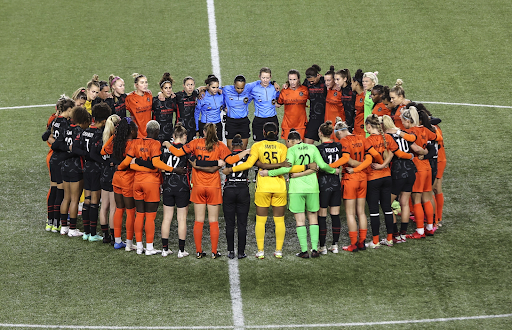
Women in sports have continually been pushed aside and their successes minimized.
Look at high school gym classes, Instagram posts including female athletes, or the gender pay gap in professional sports, and sexist behavior is not hard to come by. Female athletes have historically been the lesser talked about, watched, and invested in gender in sports. Underinvestment and sexism have been the fuel to the fire of systemic abuse, mental health issues, and the underpayment of femme athletes in the sports industry. I have discovered the quintessential cycle of ‘what came first: the chicken or the egg?’ also applies to women’s sports: ‘what came first, sexism or underinvestment?’
Statistics show that the audience and exposure in men’s sports are on an entirely different level than that of women’s sports. The highest-paid National Basketball Association (NBA) player, Steph Curry, makes the equivalent of 350 WNBA salaries. (There are only 144 players in the Women’s National Basketball Association.) The amount of NBA viewers is incredibly higher than that of the WNBA. But why?
Alex Azzi of NBC Sports writes, “…the women’s game isn’t to blame. Instead, in many sports, the gender pay gap is the result of decades of underinvestment, fueled by sexist beliefs.”
Sexism fuels underinvestment in the industry. Companies and institutions have no excuse for not investing in women’s sports: research proves it would bring higher audiences, and thus more money. The NCAA though has approached the women’s tournaments, like March Madness, as a burden, without doing much to try to maximize on the revenue. My theory is that these institutions are scared of investing in women’s sports due to the backlash they may face from their loud, sexist audience members.
According to a list created by The Big Lead, only 2 of the 25 Most Influential People in Sports Business are women as of 2016. In 2018, Sports Industry Journal made a list of the 20 Most Influential Sports Executives, and not one of them was a woman. The people in positions of power matter profoundly. Decisions being made are going to serve those that are making the decisions, and that is why it is so vital that the people in executive positions of these influential companies are of all genders.
While underinvestment is caused by sexism, underinvestment also clearly causes the normalization of sexism in the culture of American Sports.
I myself have experienced the effects of the patriarchy infiltrating athletics. In my 8th grade yearbook, there were 10 images of the boy’s basketball team and not a single photo of the girl’s team. As a female athlete myself, I constantly feel the burden of not being completely welcome in the sports space. Having my middle school explicitly value the boys’ team over my own was not surprising, but it was infuriating. Moreover, every time I am in gym class, I can see the clear divide in the girls who feel more comfortable selecting the ‘Lifetime Leisure’, or ‘Yoga & Dance’ option over the more competitive ‘Team Sports’ option.
Additionally, every day, sexist comments infiltrate Instagram posts about women athletes. Examples include “Who?”, “I’m better than Candace Parker and I ion even play basketball 😂😂”, and “Lol who cares??”.
Although this is unsurprising, seeing strangers on the internet get thousands of likes for comments diminishing the abilities of someone based on their gender has negatively impacted my confidence in my abilities as both an athlete and a sports fan. Despite putting time into learning the sports industry, I constantly feel lesser compared to my male counterparts in sports spaces.
On the elite levels, sexism can be seen in the addressing (or rather, lack thereof) of the systemic abuse across leagues, such as the National Women’s Soccer League (NWSL) and USA Gymnastics. Larry Nassar, a former team doctor for the Women’s USA Gymnastics team sexually assaulted at least 265 young women throughout his career. When complaints were made, the FBI and USA Gymnastics either undermined or ignored them. Along with this, the culture would have caused ostracization if they called out abuse. The story of Larry Nassar is only known due to the courage of the hundreds of women who came forward and the work of journalist Marisa Kwiatkowski who helped to break the story. Without the joining of forces of these women, the story may have never come out.
More recently, news broke of a pattern of harassment in the National Women’s Soccer League. A breakout investigation by The Athletic rocked the women’s sports world in late September, alleging homophobic actions, sexual harassment, abuse by high-ranking coaches. Players have been coming forward for years, trying to approach the league about the abuse. Executives in the league had been told about the situation. Paul Riley, the coach who sexually coerced two players, was rehired five months after an investigation into his actions. The two players, Sinead Farrelly and Meleana Shim, also filed official complaints, which were ignored by the league. Without the investigative article by The Athletic and the players’ discussion of the issues they faced, the NWSL would have likely continued the patterns of abuse. Underinvestment in women’s sports has inadvertently allowed leagues to cover up malpractices.
The normalization of toxic environments through physical, verbal, and mental abuse starts young. Rachel Wood says, “So we normalized a grown man yelling at a child and singling her out or humiliating her as an attempt to motivate. And we don’t even call that abuse. We call that coaching.”
Women’s sports have completely blurred the line between ‘competitive coaching’ and abuse. This has resulted in adults in women’s and girls’ sports being allowed to get away with cover-ups and harmful practices.
Underinvestment in female sports, as a result of underrepresentation and sexism, has fueled a firestorm of patriarchal practices in the sports industry. At both elite and individual levels, the normalization of sexism has created detrimental physical and mental health issues for female athletes. For the equality and health of those in women’s sports at all levels, this issue must be understood, addressed, and changed.
Senior Naomi Segel is Co-Editor-in-Chief and 4-year staff member on the Foreword. She plays on the Allderdice girl’s basketball team. Outside of school,...

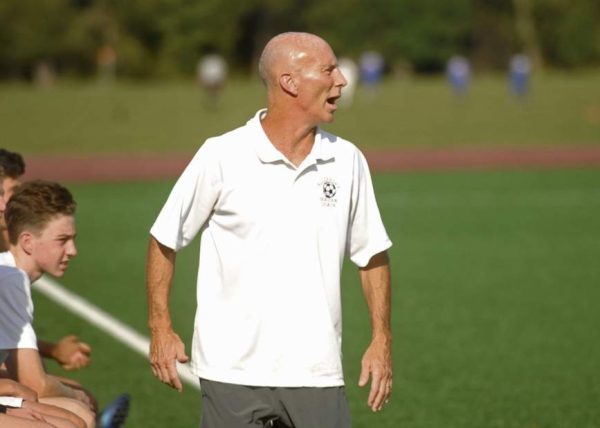
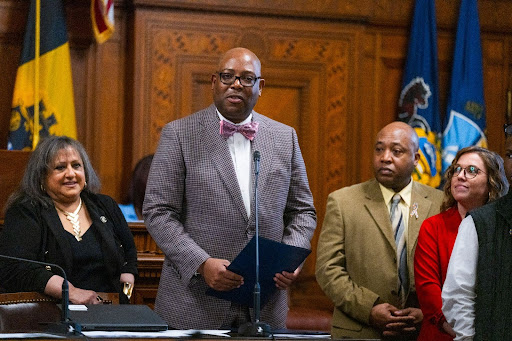
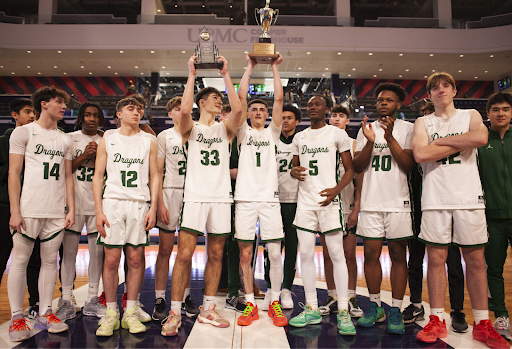







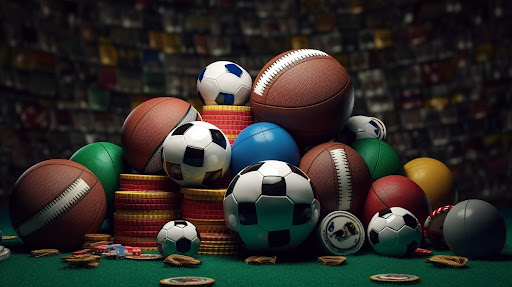
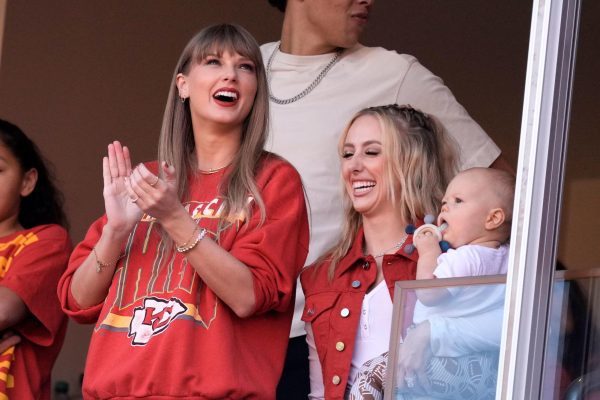

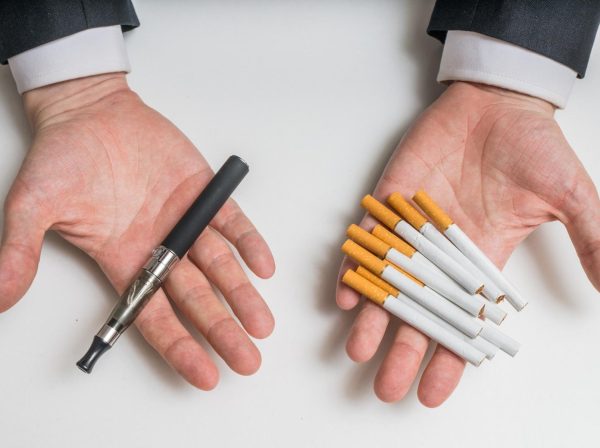




Matthew Chinman • Nov 19, 2021 at 10:35 pm
Great article Ms. Segel. Some of the stories you describe are horrific and the Steph Curry statistic would be funny if it wasn’t so outrageous. Thanks for shining a light on this issue.